What kind of soil is needed for zamiokulkas?

Today, there are many home plants of the most diverse in shape and size. Some of the species are known only to a narrow circle of flower growers, while others, on the contrary, are popular and loved by many. One of these famous plants is the zamioculcas or, as it is also called, the dollar tree.
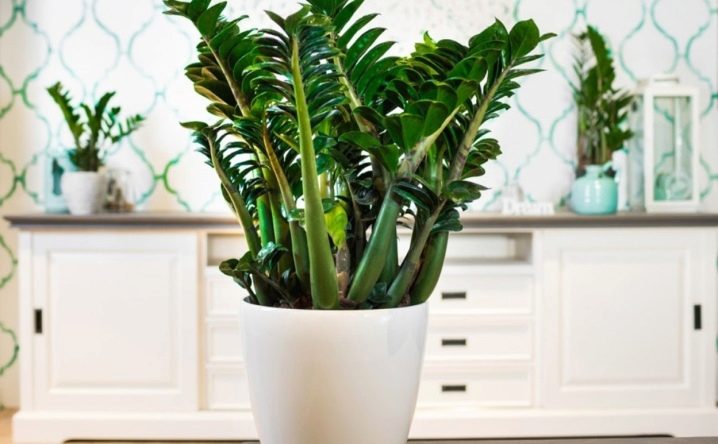
Transplant features
Introduced to Russia in the mid-90s of the last century, the plant belongs to the araceae family, which owns only one species, Zamioculcas zamiifolia, or zamioculcas zamielistny. A plant that is unpretentious in nature, characterized by thick stems and rather beautiful leaves, reminiscent of the shape of a palm, has its own characteristics of transplantation.
Consider what they are, how often you need to transplant the plant, and what factors affect the transplant.
First of all, you need to remember one "golden" rule: you bought a zamioculcas - do not transplant it right away, give it time to adapt to the environment.
Best of all, in this case, a room isolated from other home flowers is suitable. Forced quarantine is a guarantee of early detection, and therefore, treatment of diseases, in addition, such a precaution will help protect healthy plants from infection. It is enough to withstand the zamioculcas after purchase in isolation for 12-14 days.
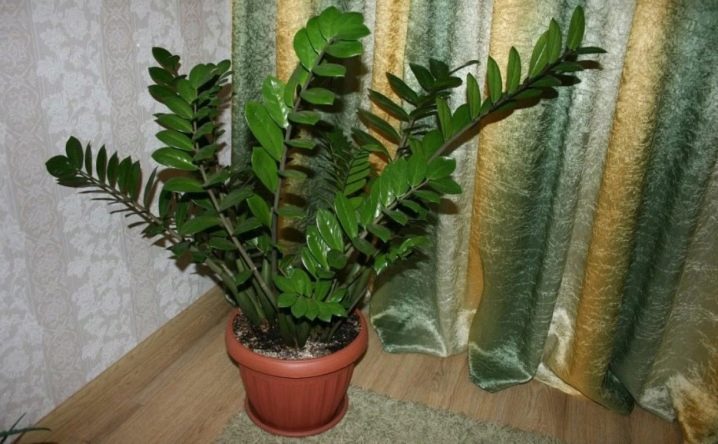
It would seem that there is no need to transplant, because it puts stress on the plant. However, the substrate in which the flower is delivered to the shops is no worse, it's just special, and for growth and development, the plant still has to be transplanted.
Most houseplants come from different parts of the world, and zamiokulkas is no exception. The delivered plant has been on the way for quite a long time, and the suppliers, in order to preserve the root system in a proper form for further development, plant it in a special substrate. This soil is intended only for transportation, but is completely unsuitable for the long-term growth of the "dollar tree". In addition, with further growth, the root system grows into the holes of the container, and with an increase in its volume, it will be rather difficult to remove the zamiokulcas from the pot without damaging the roots.
Judging by the frequency of transplantation, then there are rules. Resettlement or transshipment is necessary for the plant due to the intensive growth of the rhizome. The larger the root system becomes, the more space it needs in the pot.
Young specimens need an annual transplant, and for adult plants with a slower growth of the root system, transplantation is required once every 3-4 years. The best time to move the plant to a new pot is spring (March, April).

The size of the new pot should be several centimeters larger than the previous container. The choice of the shape as well as the material of the pot depends on your preference. Plastic containers are lightweight, and an adult plant has a rather strong root system, which can lead to overturning. But at the same time, it is easier to transplant both young and mature specimens from plastic containers, because plastic is flexible, which means that during relocation the probability of root injury is minimized.
The technology for transshipment or transplantation of zamiokulkas is simple, the main thing is to follow the rules and carry out the procedure slowly.In order to remove the plant, you must carefully turn it along with the container to one side. If the container is plastic, and the plant has grown a lot, then you will have to cut the wall in several places to remove it. If the pot is made of ceramics, then the plant can be removed by tapping on the walls while pulling the apical part forward.
The extracted zamioculcas is cleaned of the substrate by gently rolling the lump, and its root system is examined. Rotten and heavily overgrown areas are removed by cutting, and then processing with coal in the right places. The bottom of the selected container is covered with a layer of expanded clay and sprinkled with soil.
The prepared plant is planted in a larger pot in such a way that the upper part of the root rises above the surface by at least 1-1.5 cm, and the plant itself is strictly in the center. Holding the zamiokulkas by the upper part, fill the remaining voids with earth and lightly tamp it.
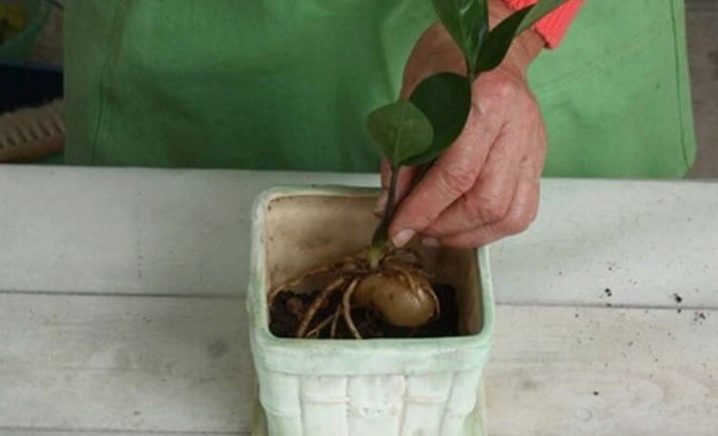
Soil composition
A wild species of zamiokulkas grows in Africa, where the rocky-sandy soil. Therefore, the soil for planting should be as close as possible in composition to the natural substrate. The powerful root system of zamiokulkas is a tuber system, thanks to which the plant does not need moisture for a long time, water accumulates in the tubers. Dense loamy soils retain moisture for a long time, which does not contribute to the development of the plant, but only leads to decay of the root system. Therefore, for good development, the plant needs light, loose substrates, the consistency of which contributes to the penetration of air to the roots.
The composition of the soil must necessarily contain sand, expanded clay, charcoal and a little sod land. Each of the components has its own purpose.
The sand makes the substrate loose and airy, allowing the root system to grow deeply without hindrance.
The best option is coarse river sand.
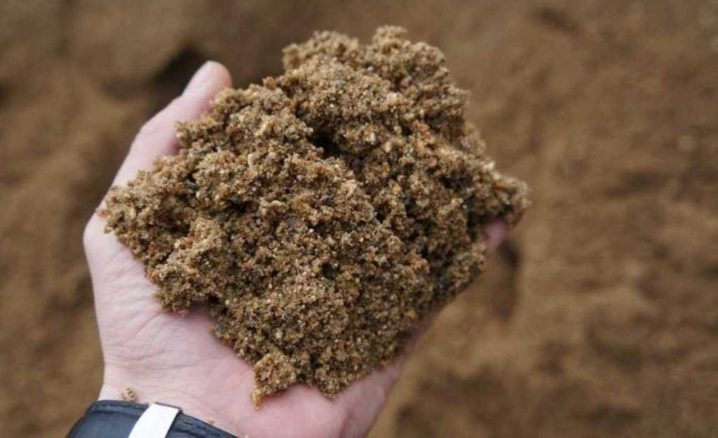
Environmentally friendly expanded clay, made of clay and shale, copes well with the role of the drainage system of the plant. Due to its porosity, it not only quickly absorbs moisture, but also retains it for a long time, thereby contributing to the regulation of the water balance of the zamiokulkas.
Coal and peat moss (sphagnum) perfectly protect the plant from diseases caused by bacteria. Moss, which is a natural sponge in its structure, promotes air circulation.
Vermiculite, added to the substrate as an additional component, prevents the growth of various types of mold, and also serves as a drainage due to its ability to retain water.
Perlite is also good drainage. These white pebbles, no worse than expanded clay, retain moisture inside themselves, and the top layer of the substrate covered with them is reliably protected from drying out.
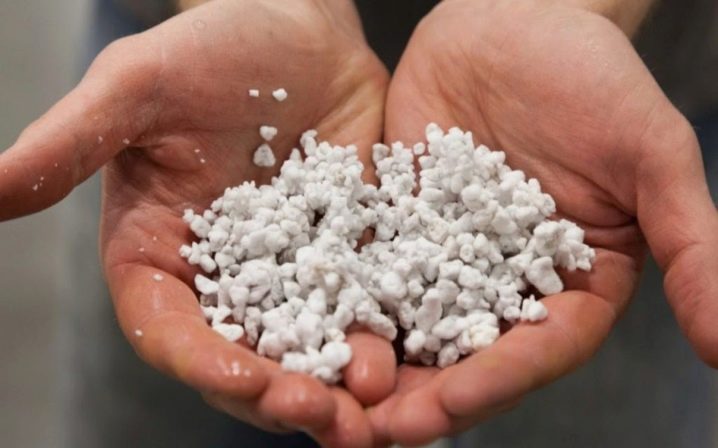
Ready-made soil for zamiokulkas is always on sale. The necessary components are present in the soil in the correct proportions.
How to choose?
Choosing a suitable soil for a plant is quite simple if you know what components should be in its composition. The most acceptable options for zamiokulkas are soils marked "for succulents", as well as substrates used for planting cacti.
When buying ready-made soil, you need to pay attention first of all to the composition. It should list all the components necessary for zamiokulkas in quantitative terms or in percentages in relation to the total mass. When choosing a soil, you need to pay attention to the date of release of the package and its expiration date. During visual inspection, there should be no mold films on the surface, and when palpating the package, there should be no straws.
Fertile ready-made substance is very convenient. You do not need to calculate the required volume yourself; the manufacturer indicates these data on the packaging.It is not necessary to buy a large package, as a rule, manufacturers produce substrates in different packaging. In addition to the necessary components, fertilizers are present in the finished soil in the required doses; there is no need to buy additional fertilizing.
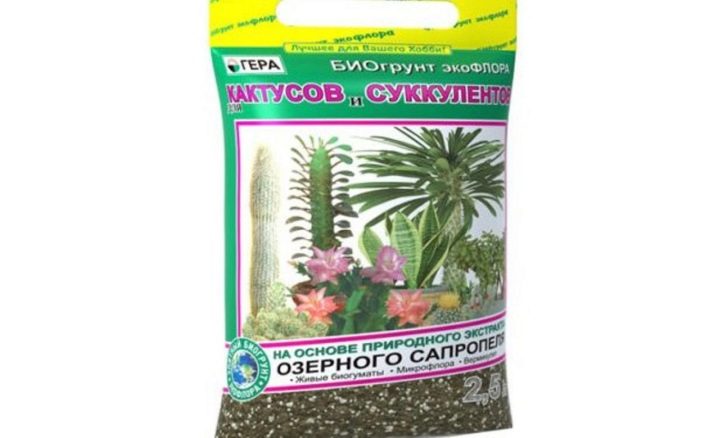
How to prepare the soil at home?
The finished substrate is, of course, not bad and saves time, but you can prepare the soil for zamiokulkas with your own hands, the main thing is to mix all the components in equal parts.
There are at least 3 types of mixture, the composition of which depends on the components introduced:
- in the first option, to obtain a nutritious substrate, you will need leaf, turf and peat soil, as well as sifted sand (1: 1: 1: 1);
- in the second option, you need to mix slightly different ingredients, while leaving the ratio in equal proportions - sod land is mixed with sand, expanded clay and fine gravel;
- in the third version, part of the sod and part of the leaf land are mixed with a similar proportion of sand and vermiculite.
The substrate prepared at home must be sterilized to kill bacteria, fungal and insect spores. The method of sterilization depends on your capabilities and preferences. Someone more like the microwave method, where for sterilization it is required to set the average power and after placing it inside, keep the mixture for about 20 minutes. For some, it is easier to use the oven by placing the mixture there for 90 minutes, pre-setting the heating temperature at 150C.
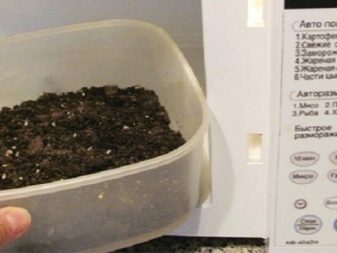

Follow-up care
Zamioculcas is a plant, although unpretentious, but still requires proper care. Factors such as lighting, temperature, mineral supplements and watering affect growth, overall development, and reproductive capacity.
For the favorable development of the plant in the spring-summer period, it is enough to water it once a week. In winter, it is possible once a month, the water should be warm and settled.
The number of waterings directly depends on the ambient temperature. At temperatures above + 25C, when the air becomes too dry, you can spray or simply wipe the leaves of the plant.
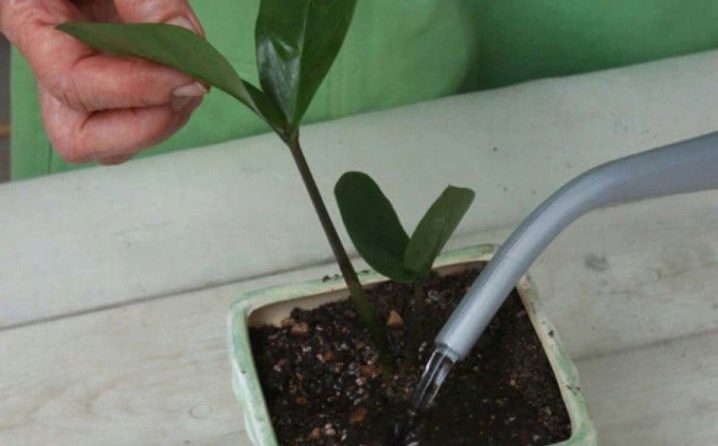
The lighting should not be too bright, a place shaded slightly from the sun on the windowsill or next to the window will provide him with a completely comfortable existence. If there is a loggia, in the summer it can be exhibited there, but not in a draft.
It is better to feed zamiokulkas only during the period of active growth, namely: in the spring-summer period. In winter, it makes no sense to carry out the procedure - the plant does not absorb feeding well. The dosage of mineral fertilizers should be strictly observed, otherwise a burn of the root system cannot be avoided.
If the plant is affected by various insects, such as aphids, spider mites, scale insects, do not rush to throw it out, try to treat its branches with special insecticidal preparations. A tobacco-soap solution with the addition of alcohol helps against mites, and aphids can be removed using sulfate spraying.
Remember that you only need to process the stems and leaves, without affecting the substrate, and after the procedure, be sure to wash off the remaining chemicals from the plant.
The plant reproduces in three ways. The most accessible for beginners is the separation of tubers with subsequent transplantation. The more difficult ones include propagation by a leaf and a cuttings. They are cut and kept in an open space, slightly leeward parts are treated with stimulants that push the plant to intensive development, and planted in the ground, previously covered with film or glass. After four months, a tuber appears, and after six months, leaves appear.
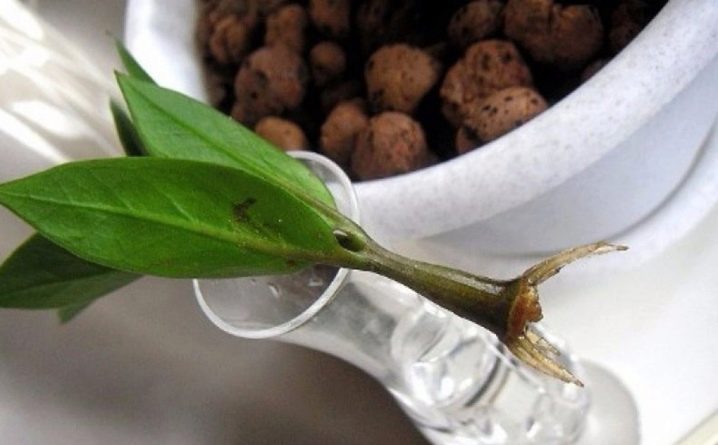























































The comment was sent successfully.